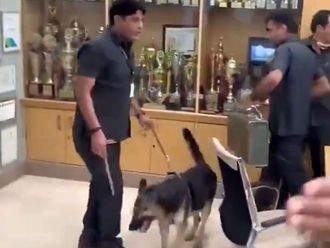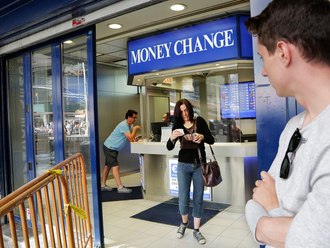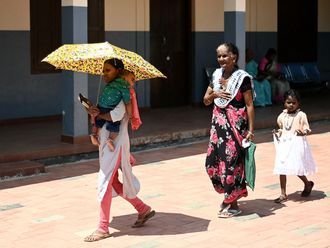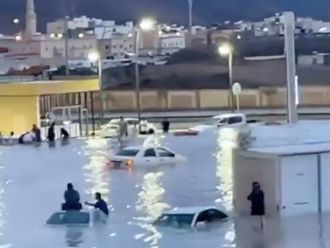New Delhi: The Indian National Security Guard (NSG) has pulled out more than 600 commandos from its VVIP security section in a bid to return the unit to its initial role: Counter-terror operations. The troops were deployed to Pathankot during the recent attack for their first such operation.
In line with the new strategy, which has been in the making for overtwo years, two teams out of the three that belong to the 11th Special Rangers Group (SRG) have been recalled from VVIP security duty and tasked to undertake counterterror operations along with the existing primary strike units, called Special Action Group (SAG).
NSG commando teams come under five primary units, two SAGs are manned by officers and jawans (soldiers) from the army and three SRGs comprise personnel from paramilitary forces.
While two SAGs (51 and 52) are tasked with counterterror, counter-hijack and hostage rescue operations, the SRGs 11, 12 and 13 were to render logistical support to 51 and 52. They have been primarily deployed for guarding high-risk VVIPs for many years.
Each SRG has three teams, with more than 300 commandos each, and the estimated strength of an entire unit is about 1,000 personnel.
Officials said the Pathankot operation was the first time that the unit was inducted into a full-scale anti-terror operation and select commandos were deployed to undertake door-to-door sanitisation of numerous buildings at the Indian Air Force station, which was attacked in the wee hours of January 2.
NSG commanders said the force, which was formed in 1984, has the least number of 15 such protectees under its cover and, after its request to not burden it further in this regard, the government has not given it any additional responsibility for more than two years.
While one team of the 11th SRG and two other units (12 and 13) are still tasked with VVIP security, commanders of the special federal contingency force foresee a time when these units will be recalled and redeployed. “Not in the very near future, but NSG is on it way to go back to its original charter — of being a specialist counterterror and an exclusive commando force. The last team of the said SRG will also be pulled out sooner [rather] than later and prepared for terrorist combat roles,” they said.
They said the results of the first experiment at Pathankot have been satisfactory, even as these units are subjected to rigours undertaken by the strike units comprising personnel drawn from the army, with each of its commandos undertaking precision firing, unarmed combat and a special tactics course every day of the year.
The plan was mooted in 2012 when NSG commanders, keeping in mind the evolving terrorist attacks scenario across the globe, foresaw a time when simultaneous operations would have to be undertaken at various parts in the country.
While the 2008 Mumbai terror attack involved about 400 commandos over three days, more than 300 NSG men were deployed for the Pathankot operation, a case that was officially called off in five days.
In what has come as a help, the government has assigned VVIP security to central paramilitary forces such as Central Reserve Police Force, Central Industrial Security Force and Indo-Tibetan Border Police.
The force’s charter states that the primary role of NSG is “to combat terrorism in whatever form it may assume in areas where activity of terrorists assumes serious proportions and the state police and other central police forces cannot cope up with the situation.
“The NSG is a force specially equipped and trained to deal with specific situations and is therefore to be used only in exceptional situations. The force is not designed to undertake the functions of state police forces or other paramilitary forces of the Union of India,” it says.
The force is modelled on foreign special forces such as Special Air Service in the UK and GSG-9 of Germany.












